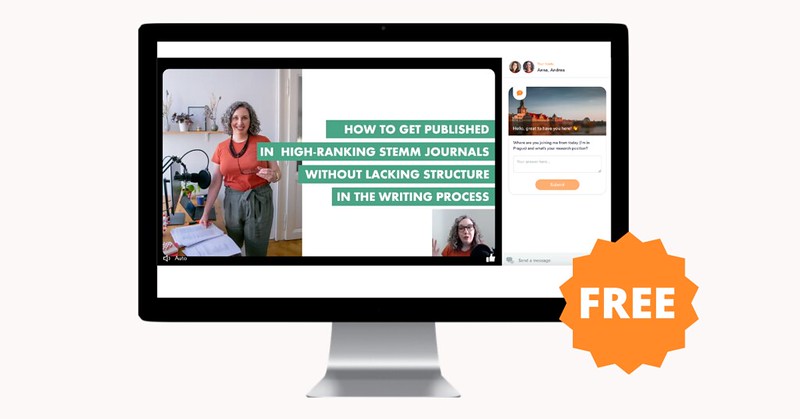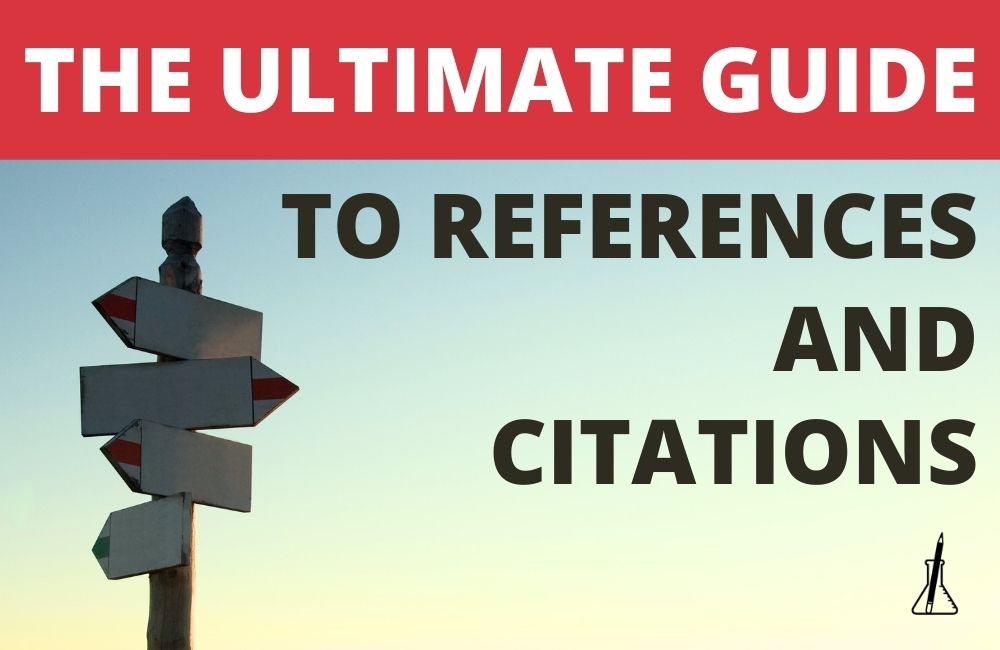Learn which studies to choose as a reference in your paper, what biases to check for, if self-citation is okay, and the ultimate way to reference studies in the text.
We build knowledge through citing other researchers’ work. In this way, science can move forward. When someone reads your study, they don’t only want to know about your results, but they also want an objective introduction to the context of your research: What is your field about, what are the issues and how do your findings relate to other studies? Although references to literature are crucial in scientific publishing, there seems to be little education about the topic. As a consequence, sloppy citation practices have become all too common.
This post provides some guidance on how to select studies to reference in your research and how to cite them in order to write a paper that gets accepted in a high-impact journal.
1. How many and which studies should I cite?
You’re likely overwhelmed with studies you could mention in the introduction section. When selecting literature to cite, the first step is to read them. Sounds obvious, right? Fact is that some scientific myths have spread for decades because authors weren’t careful enough when referencing other studies. So, if you see a reference in another paper that seems important to include, make sure the study actually makes the points the author said it would. Many people tend to cite secondary sources, meaning papers that refer to yet another source to support a statement. Therefore, make sure to trace back the original work. This ensures both that your reference is correct and that your citation honours the right author.
Once you have identified some candidates you want to cite, shortlist even further. Choose only those references that are crucial to understand the context of your study. You don’t need to go too broad. For a general introduction to your field, the way to go might be a recent review paper, even though a secondary source. That could spare you ten or so separate references.
2. How do I make sure my selection is objective?
When you think about the studies to cite in your paper, be aware of your own bias. You may want to ask yourself, whether you only want to cite a certain study because the author cited yours last time? Or perhaps a personal relationship with the author makes you favour their paper?
That’s one type of unconscious bias you could have. Another is geographical. Computer scientists found that authors have a location bias: They prefer to cite studies from research groups nearby. Therefore, make sure to check journals that might be more popular on other continents or countries.
You can also have a confirmation bias. It is easy to neglect studies that disagree with your approach or findings. That’s a mistake! It makes you far more credible if you can show that you are aware of disagreements and have an answer to them. There might also be a study in the literature jungle that has been neglected because its findings contradict the common belief in a field. Make sure unpopular opinions don’t get lost – because who knows who’s right?

3. Can I cite myself?
Do definitely cite your own work if you have contributed to the field. Your reader, particularly if she’s your editor, will want to know about your previous experience of the topic area. One thing I’ve noticed when I edit my clients’ manuscripts is that many authors use a passive voice even when they talk about their own work, such as “it has been previously observed…”. But you are missing a chance here! Why not write: “Previously, we have observed…” or “In one of our previous studies, we found that…”? When you choose some of your own studies to cite, the same principle applies as for the studies of others: Be selective. Excessive self-citation puts readers off and is just unfair.
4. What’s the best way to cite studies?
Think about your reader when you describe the literature. They want to know what these studies found, not what their aim or approach was. While you talk about other people’s findings, do check how certain they are. Be critical. If a study only measured one data point, it’s hardly a fact, and you shouldn’t present it as such. Here it comes down to choosing the right verb. In some cases, “indicate”, “speculate” or “assume” are more accurate than “is”.
I know, reference lists are something you sometimes leave to the evening before a submission deadline. Creating a reference list can be dreadful. I recommend to use a reference manager software during your whole paper writing process, which can speed up the process at the end.
A little pro tip: You save your editors time if you have made an effort to adjust your references to their style. Every journal uses slightly varying reference styles, so make sure you know what yours requires. If you are using a reference manager, this isn’t even a hard task: Journals usually supply you with a style file that you can integrate in your software to generate the requested reference list.
If the reference style allows, do include the title of papers. That’ll save your reader’s time. Do you know what else does? Checking and double checking that all letters and numbers are correct in your reference list.
There you have it. Apart from having your references in check, there are some other elements a high-impact paper needs, such as story-telling, simple and easy-to-understand figures, a concise abstract and an informative title.
What’s your experience with citing and references? How much thought are you giving them? What part do you struggle with most? Please let me know in a comment below or send me a message.
Further resources:
- My blog post on unethical citation practices published on Elevate Science
- Ethical publication guidelines by the International Committee of Medical Journal Editors
Before you go… Register for a private viewing session of this free training for science researchers.


